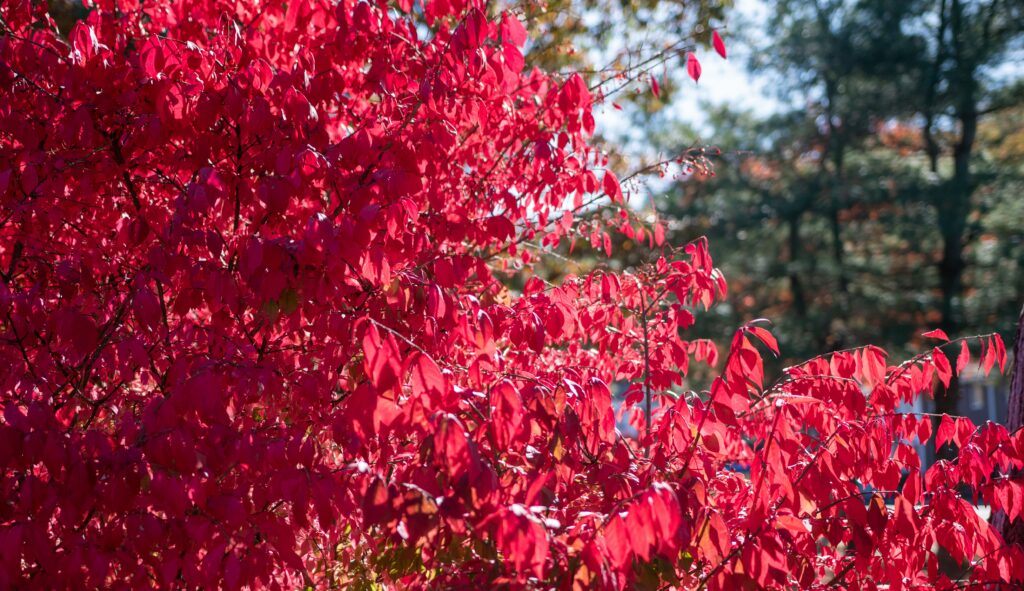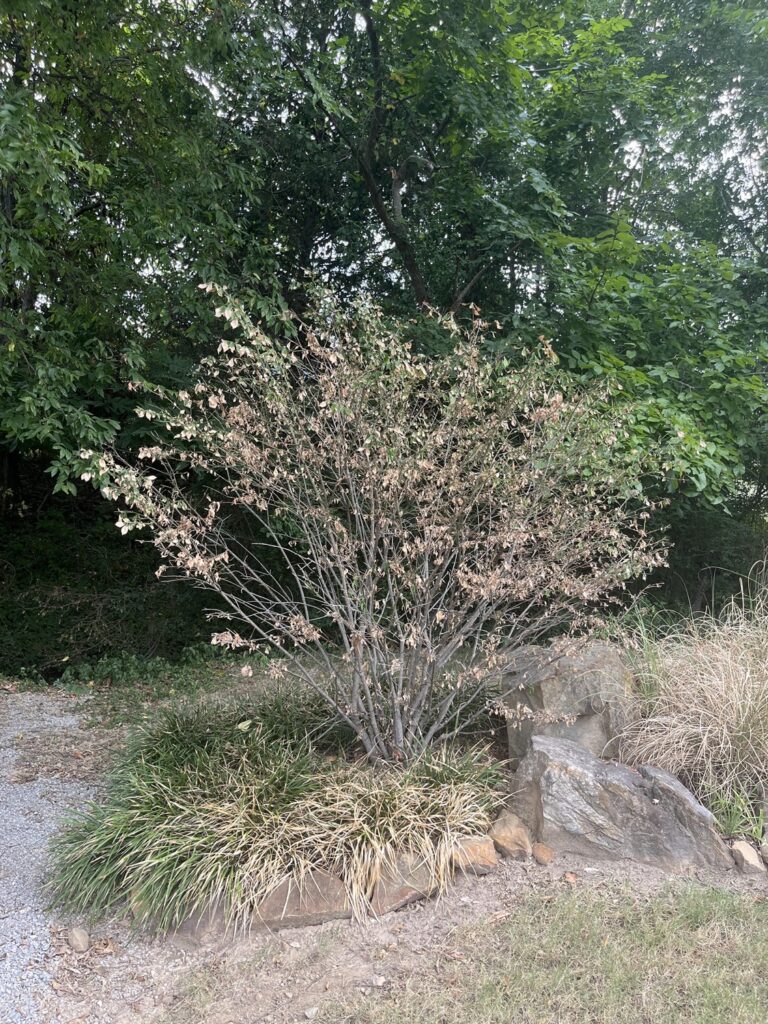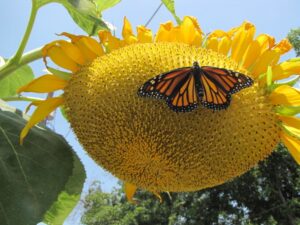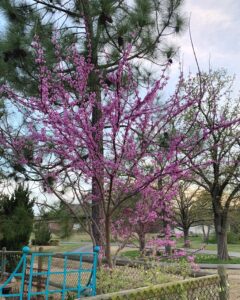Kathy Berryhill
Creek County Master Gardener
The calendar tells us it’s September, and thoughts of cool, crisp fall weather come to mind. What a needed relief for the month to start with a much-needed, slow drenching rain. We had a long, dry, hot summer though and many gardeners are questioning the survival of some of their trees, shrubs and perennials. Unless your lawn had adequate water provided, it may be semi-dormant. Even with the moisture provided by the recent rain, the usual fall maintenance recommendations for our plants need to be modified due to the length of our drought.

Some trees and shrubs are showing signs of extreme stress. Pruning back 1/3 of a healthy plant can help a stressed plant utilize available nutrients. Consider pruning distressed shrubs back severely so they can regrow next season. If you determine that the plant has dead or dying branches, go ahead and remove them. The dead branch won’t recover and they make good hiding places for pests and an entry point for disease.
This is a good time to evaluate the nutrient needs of shrubs, young trees and other ornamentals. Most recommendations suggest that these plants can benefit from fertilization in both the spring and fall. The use of a nitrogen-based fertilizer is best in spring when plants are actively growing roots and have adequate soil moisture. Applying fertilizer in spring until early June can provide the nutrients needed for photosynthesis and leaf production. A follow-up fertilizer application in fall can be beneficial to our plants, but only if there are adequate groundwater conditions. Additional rains are needed to increase the available ground moisture for the nutrients in the fertilizer to be absorbed. A fall fertilizer application should not be applied until more moisture is available.

Consider a slow-release fertilizer with a higher percentage of phosphorus to help repair and stimulate the root system. Avoid adding a high nitrogen-based fertilizer in the fall as that would encourage rapid leaf growth and continue to stress the plant.
Organic fertilizer would be a good choice (instead of a synthetic fertilizer )for a fall application. While synthetic fertilizers are fast-acting, they contain salt which can damage the plant’s root and increase drought damage while trying to feed the plant. Organic fertilizers feed and nourish the soil and thus benefit the plant. Usually made from an animal byproduct, the organic fertilizer will contain millions of highly beneficial microbes (fungi & bacteria) which go to work to improve the soil structure. Improved soil structure will help with increased moisture and nutrient retention. Look for organic products that contain bone meal, blood meal, and/or kelp.
Look for the Creek County Master Gardener Booth at the Route 66 Blowout. This event is on Saturday, Sept. 10 from 9 AM-4 PM. Brochures on gardening and free seed packets will be given out. MGs will also be available to answer gardening questions.
Happy Gardening!










